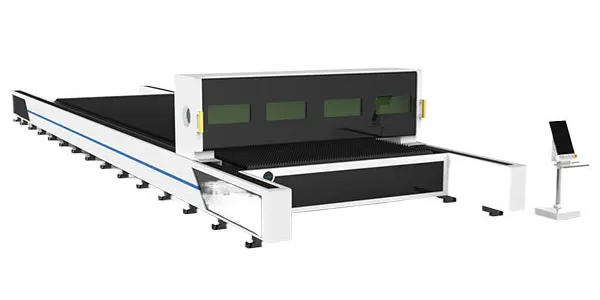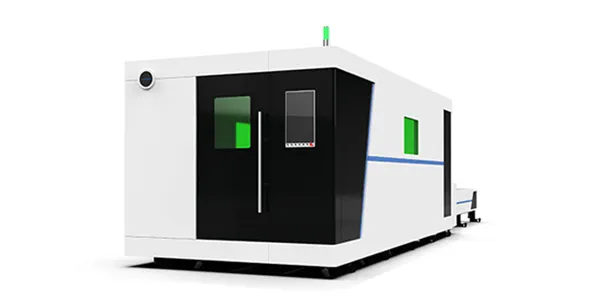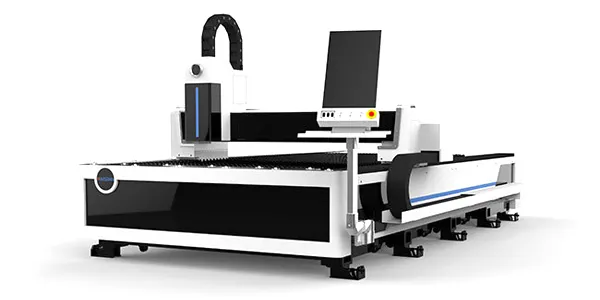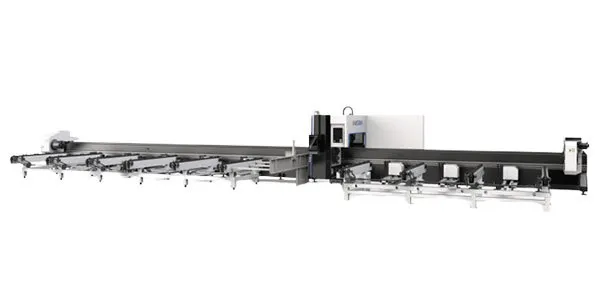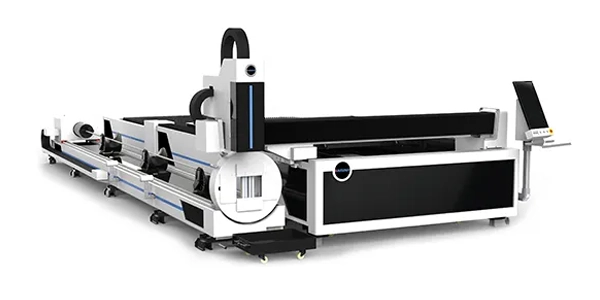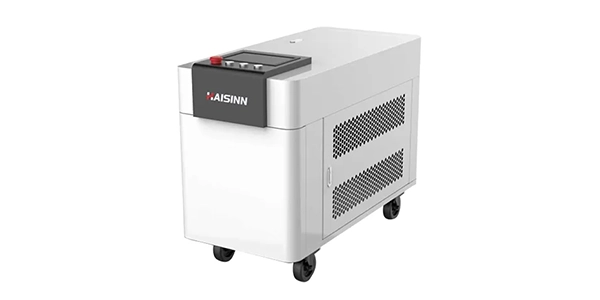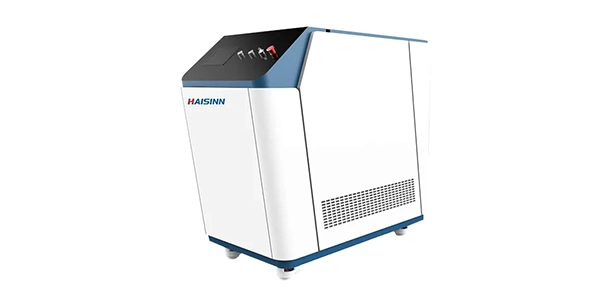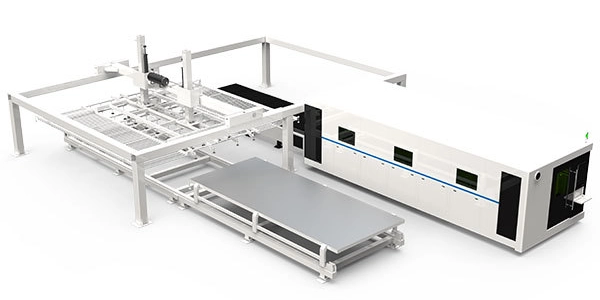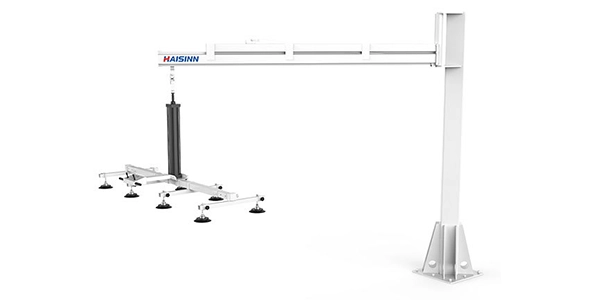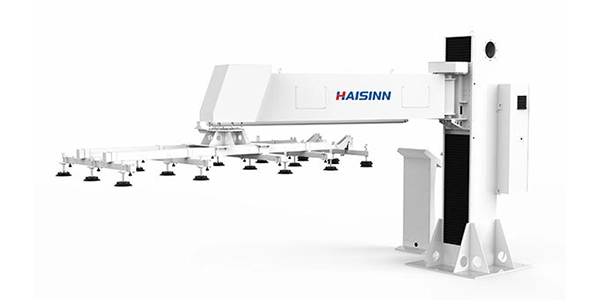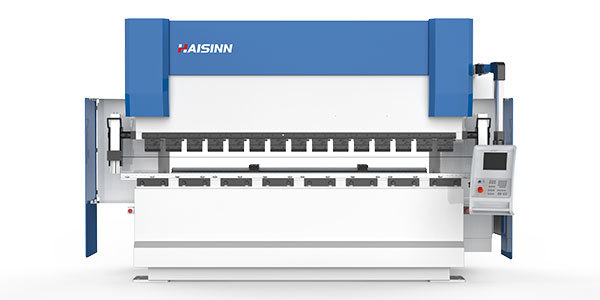19
2025
-
02
Laser switching platforms play a crucial role in various industrial and scientific applications where precise control of laser beams is required.
Another important role of laser switching platforms is to provide flexibility in laser beam delivery. These platforms allow users to switch laser beams between different optical paths or devices, enabling them to perform a wide range of tasks with a single laser source. For example, in laser cutting applications, a laser switching platform can be used to switch between cutting, engraving, and marking operations without the need for manual adjustment or repositioning of the workpiece.
Author:
Laser switching platforms play a crucial role in various industrial and scientific applications where precise control of laser beams is required. These platforms are designed to switch laser beams quickly and efficiently between different optical paths, enabling users to direct laser beams to specific locations or devices with high precision. The ability to switch laser beams rapidly and accurately is essential in applications such as laser cutting, welding, drilling, marking, and material processing.
One of the key functions of a laser switching platform is to control the timing and sequence of laser beam delivery. This is particularly important in applications where multiple laser beams need to be switched rapidly and synchronized with other equipment or processes. By using a laser switching platform, users can achieve precise timing control and synchronization, ensuring that laser beams are delivered to the right location at the right time.
Another important role of laser switching platforms is to provide flexibility in laser beam delivery. These platforms allow users to switch laser beams between different optical paths or devices, enabling them to perform a wide range of tasks with a single laser source. For example, in laser cutting applications, a laser switching platform can be used to switch between cutting, engraving, and marking operations without the need for manual adjustment or repositioning of the workpiece.
Furthermore, laser switching platforms are essential for enhancing the efficiency and productivity of laser-based processes. By automating the switching of laser beams, these platforms eliminate the need for manual intervention, reducing the risk of errors and improving overall process stability. This not only saves time and labor costs but also ensures consistent and reliable performance in high-throughput applications.
In addition to their role in industrial applications, laser switching platforms also play a vital role in scientific research and experimentation. Researchers use these platforms to manipulate laser beams with high precision, enabling them to study the behavior of light and materials at a microscopic level. The ability to switch laser beams quickly and accurately is crucial for conducting experiments that require precise control over the direction, intensity, and polarization of laser light.
In conclusion, the role of the laser switching platform is indispensable in a wide range of industrial and scientific applications where precise control of laser beams is essential. These platforms enable users to switch laser beams quickly and accurately between different optical paths, providing flexibility, efficiency, and automation in laser-based processes. Whether in laser cutting, welding, drilling, marking, or scientific research, laser switching platforms play a crucial role in enabling users to achieve their desired outcomes with precision and reliability.
Related news
2025-03-12
Contact Us
E-mail:info@haisinn.com
WhatsApp: +86-19546137663
Tel: +86-19546137663
Address:NO.789 Shuntai North Road, High-tech Zone, Jinan, China

Copyright © Jinan Haisinn Technology Co., Ltd Powerby : CEGLOBAL SEO
COOKIES
Our website uses cookies and similar technologies to personalize the advertising shown to you and to help you get the best experience on our website. For more information, see our Privacy & Cookie Policy
COOKIES
Our website uses cookies and similar technologies to personalize the advertising shown to you and to help you get the best experience on our website. For more information, see our Privacy & Cookie Policy
These cookies are necessary for basic functions such as payment. Standard cookies cannot be turned off and do not store any of your information.
These cookies collect information, such as how many people are using our site or which pages are popular, to help us improve the customer experience. Turning these cookies off will mean we can't collect information to improve your experience.
These cookies enable the website to provide enhanced functionality and personalization. They may be set by us or by third-party providers whose services we have added to our pages. If you do not allow these cookies, some or all of these services may not function properly.
These cookies help us understand what you are interested in so that we can show you relevant advertising on other websites. Turning these cookies off will mean we are unable to show you any personalized advertising.

